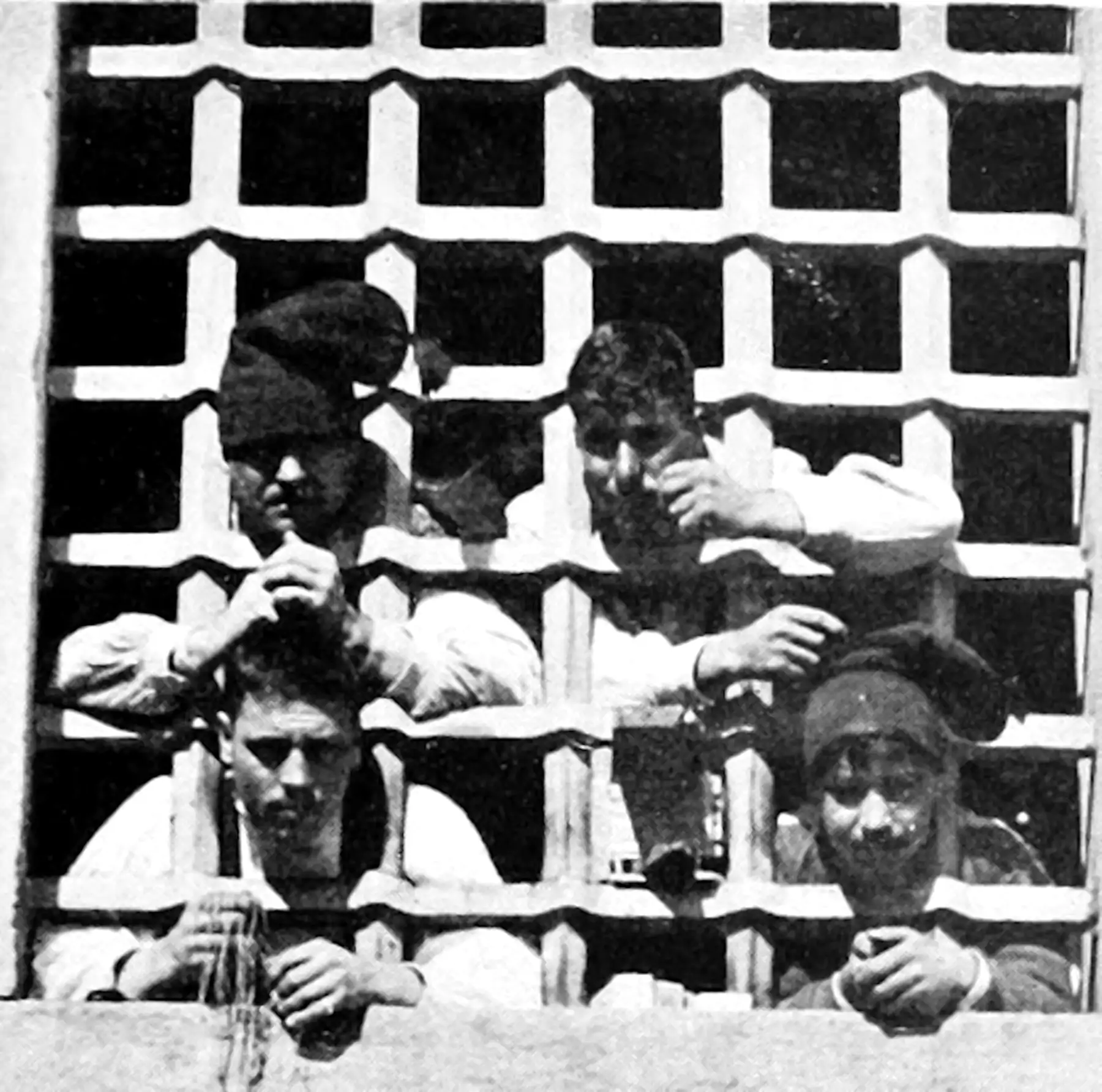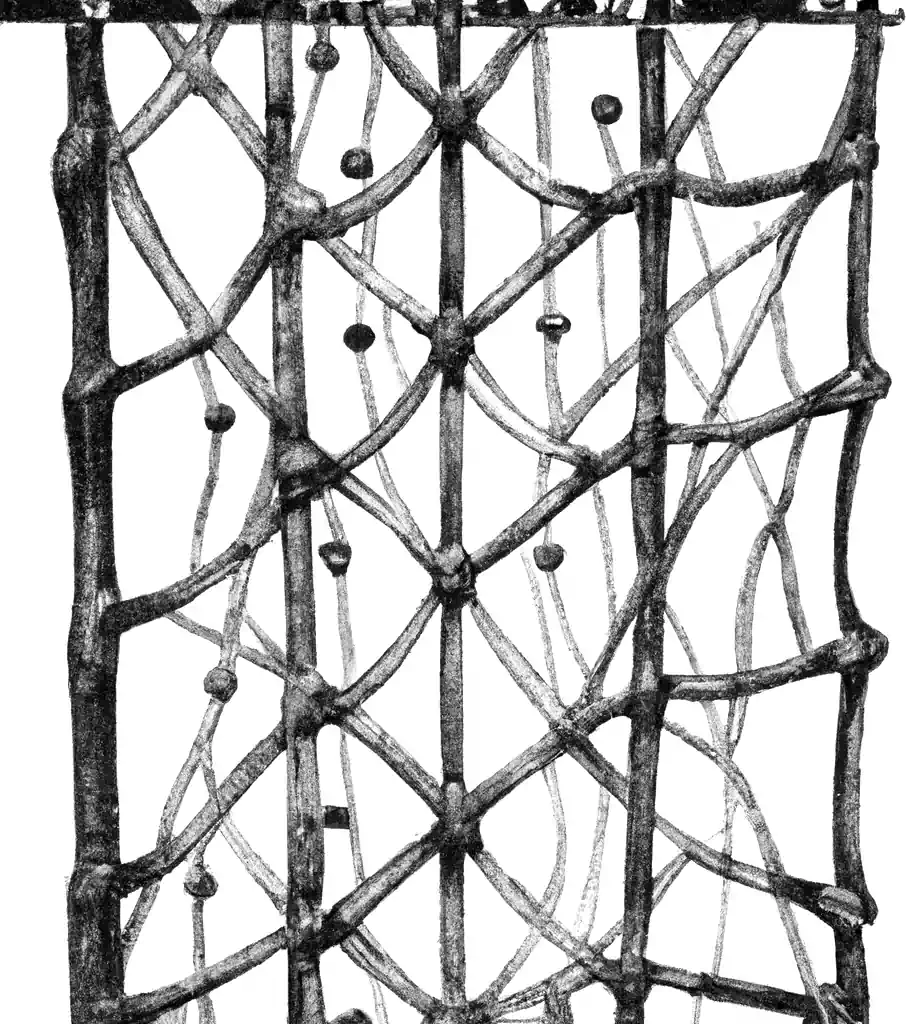Assumed audience:
ML people
How can I simulate a Gaussian Process on a lattice with a given covariance?
The general (non-lattice) case is given in historical overview in Liu et al. (2019), but in this notebook, we are interested in specialising a little. Following the introduction in Dietrich and Newsam (1993), let’s say we wish to generate a stationary Gaussian process \(Y(x)\) on points \(\Omega\). \(\Omega=(x_0, x_1,\dots, x_m)\).
Stationary in this context means that the covariance function \(r\) is translation-invariant and depends only on distance, so that it may be given \(r(|x|)\). Without loss of generality, we assume that \(\mathbb{E}[Y(x)]=0\) and \(\var[Y(x)]=1\).
The problem then reduces to generating a vector \(\vv y=(Y(x_0), Y(x_1), \dots, Y(x_m) )\sim \mathcal{N}(0, R)\) where \(R\) has entries \(R[p,q]=r(|x_p-x_q|).\)
Note that if \(\mathbb \varepsilon\sim\mathcal{N}(0, I)\) is an \(m+1\)-dimensional normal random variable, and \(AA^T=R\), then \(\vv y=\mm A \vv \varepsilon\) has the required distribution.
The circulant embedding trick
If we have additional structure, we can work more efficiently.
Suppose further that our points form a grid, \(\Omega=(x_0, x_0+h,\dots, x_0+mh)\); specifically, equally spaced points on a line.
We know that \(R\) has a Toeplitz structure. Moreover, it is non-negative definite, with \(\vv x^t\mm R \vv x \geq 0\forall \vv x.\) (Why?) 🏗
Wilson et al. (2021) credits the following authors:
Well-known examples of this trend include banded and sparse matrices in the context of one-dimensional Gaussian processes and Gauss–Markov random fields Loper et al. (2021), as well as Kronecker and Toeplitz matrices when working with regularly spaced grids (Dietrich and Newsam 1997; Grace Chan and Wood 1997).
References
Chan, Grace, and Wood. 1997.
“Algorithm AS 312: An Algorithm for Simulating Stationary Gaussian Random Fields.” Journal of the Royal Statistical Society: Series C (Applied Statistics).
Chan, G., and Wood. 1999.
“Simulation of Stationary Gaussian Vector Fields.” Statistics and Computing.
Davies, and Bryant. 2013.
“On Circulant Embedding for Gaussian Random Fields in R.” Journal of Statistical Software.
Durrande, Adam, Bordeaux, et al. 2019.
“Banded Matrix Operators for Gaussian Markov Models in the Automatic Differentiation Era.” In
Proceedings of the Twenty-Second International Conference on Artificial Intelligence and Statistics.
Erhel, Oumouni, Pichot, et al. n.d. “Analysis of Continuous Spectral Method for Sampling Stationary Gaussian Random Fields.”
Gilboa, Saatçi, and Cunningham. 2015.
“Scaling Multidimensional Inference for Structured Gaussian Processes.” IEEE Transactions on Pattern Analysis and Machine Intelligence.
Haran. 2011.
“Gaussian Random Field Models for Spatial Data.” In
Handbook of Markov Chain Monte Carlo.
Lang, and Potthoff. 2011.
“Fast Simulation of Gaussian Random Fields.” Monte Carlo Methods and Applications.
Liu, Li, Sun, et al. 2019.
“Advances in Gaussian Random Field Generation: A Review.” Computational Geosciences.
Loper, Blei, Cunningham, et al. 2021.
“Linear-Time Inference for Gaussian Processes on One Dimension.” Journal of Machine Learning Research.
Powell. 2014. “Generating Realisations of Stationary Gaussian Random Fields by Circulant Embedding.” Matrix.
Rue, Havard. 2001.
“Fast Sampling of Gaussian Markov Random Fields.” Journal of the Royal Statistical Society. Series B (Statistical Methodology).
Rue, Håvard, and Held. 2005.
Gaussian Markov Random Fields: Theory and Applications. Monographs on Statistics and Applied Probability 104.
Whittle, Peter. 1952.
“Some Results in Time Series Analysis.” Scandinavian Actuarial Journal.
Whittle, P. 1952.
“Tests of Fit in Time Series.” Biometrika.
———. 1953a.
“The Analysis of Multiple Stationary Time Series.” Journal of the Royal Statistical Society: Series B (Methodological).
Whittle, P. 1954. “On Stationary Processes in the Plane.” Biometrika.
Wilson, Borovitskiy, Terenin, et al. 2021.
“Pathwise Conditioning of Gaussian Processes.” Journal of Machine Learning Research.


